Salamis is an ancient city-state on the east coast of Cyprus, known for its significant archaeological and historical importance. The city played a pivotal role in the region’s history, with its origins tracing back to the 11th century BC. It became a major maritime and commercial center in the ancient world, especially during the classical and Hellenistic periods. Salamis is also renowned for the Battle of Salamis, a decisive naval battle in 480 BC during the Greco-Persian Wars, although this battle took place off the coast of Greece, not Cyprus. The city’s ruins, including the Gymnasium, the Temple of Zeus, and the Royal Tombs, offer a glimpse into its past grandeur and are a testament to its historical significance.
Get your dose of History via Email
Historical Background of Salamis
The ancient city-state of Salamis was founded in the 11th century BC by Teucer, a hero from the Trojan War, according to legend. Its strategic location on the island of Cyprus allowed it to flourish as a trade center. Over the centuries, Salamis came under the control of various empires, including the Assyrians, Egyptians, Persians, and Romans. The city was eventually abandoned in the 4th century AD following a series of earthquakes and raids by Arab pirates.
Archaeological interest in Salamis began in the 19th century, with initial excavations conducted by the Cyprus Exploration Fund in 1890. Further excavations in the 20th century, particularly those led by the Swedish Cyprus Expedition, revealed more about the city’s layout and history. These excavations uncovered significant structures such as the Roman baths, the amphitheater, and the gymnasium, providing insight into the daily life of its ancient inhabitants.
The city was built by the ancient Greeks and later expanded by the Romans. Salamis served as the capital of Cyprus for many centuries, reflecting its political importance. It was also the site of the famous Salamis Tablet, which contains one of the earliest examples of the Greek alphabet.
Throughout its history, Salamis experienced periods of prosperity and decline. It was an important cultural and religious center, housing several temples dedicated to Greek gods. The city was also the scene of significant historical events, such as the revolt against Persian rule in the 5th century BC and the spread of Christianity in the region.
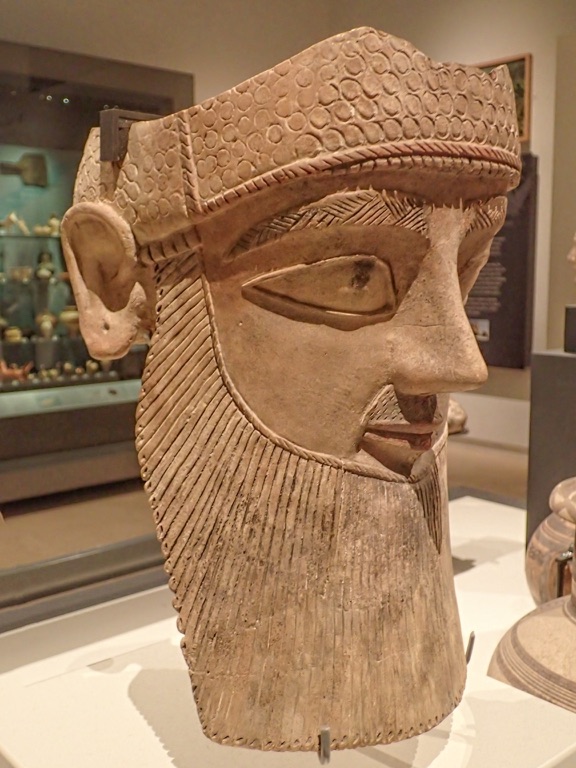
Today, Salamis is a significant archaeological site, with ongoing excavations and research shedding light on its past. The site attracts scholars and tourists alike, eager to explore its ancient streets, marvel at its impressive ruins, and learn about its storied history.
About Salamis
Salamis, located on the island of Cyprus, was a city-state that boasted impressive architecture and infrastructure. The city’s ruins reveal a sophisticated urban layout with public baths, a central agora, and a grand theater that could seat over 15,000 spectators. The gymnasium complex, with its colonnaded courtyards and mosaic floors, is particularly noteworthy.
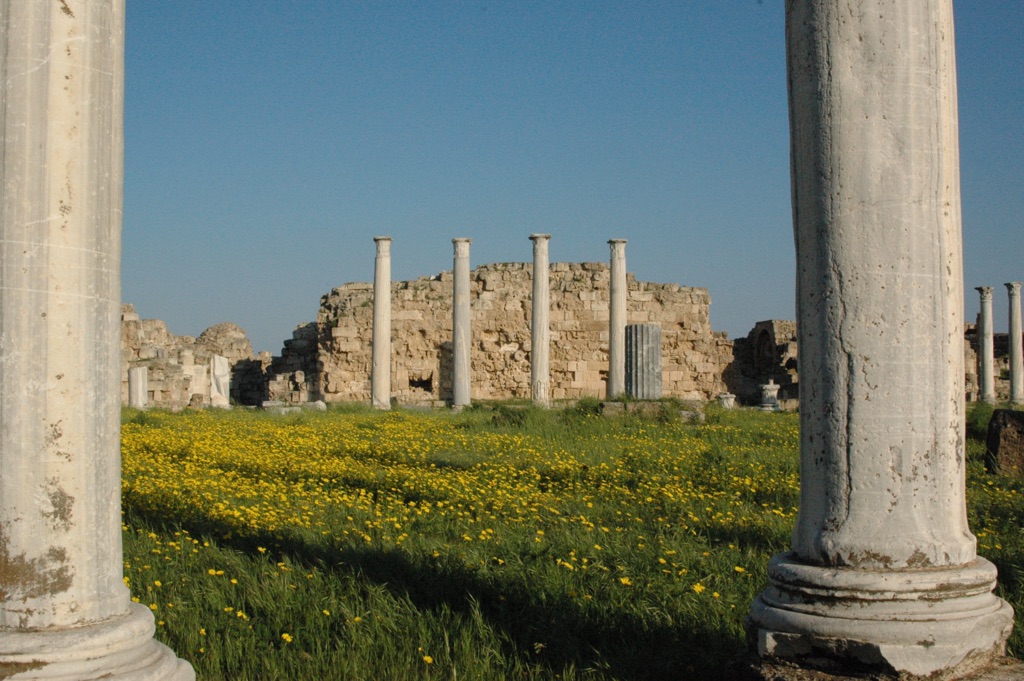
The construction methods and materials used in Salamis reflect the ingenuity of its builders. Large ashlar blocks formed the foundations of many structures, while intricate mosaics decorated the floors of public and private buildings. The use of local limestone and marble was prevalent in the city’s grand edifices.
Architectural highlights of Salamis include the Temple of Zeus, which once stood as a testament to the city’s religious devotion. The Royal Tombs, another significant feature, provide insight into burial customs and the social hierarchy of the time. These tombs were often elaborate and contained a wealth of artifacts.
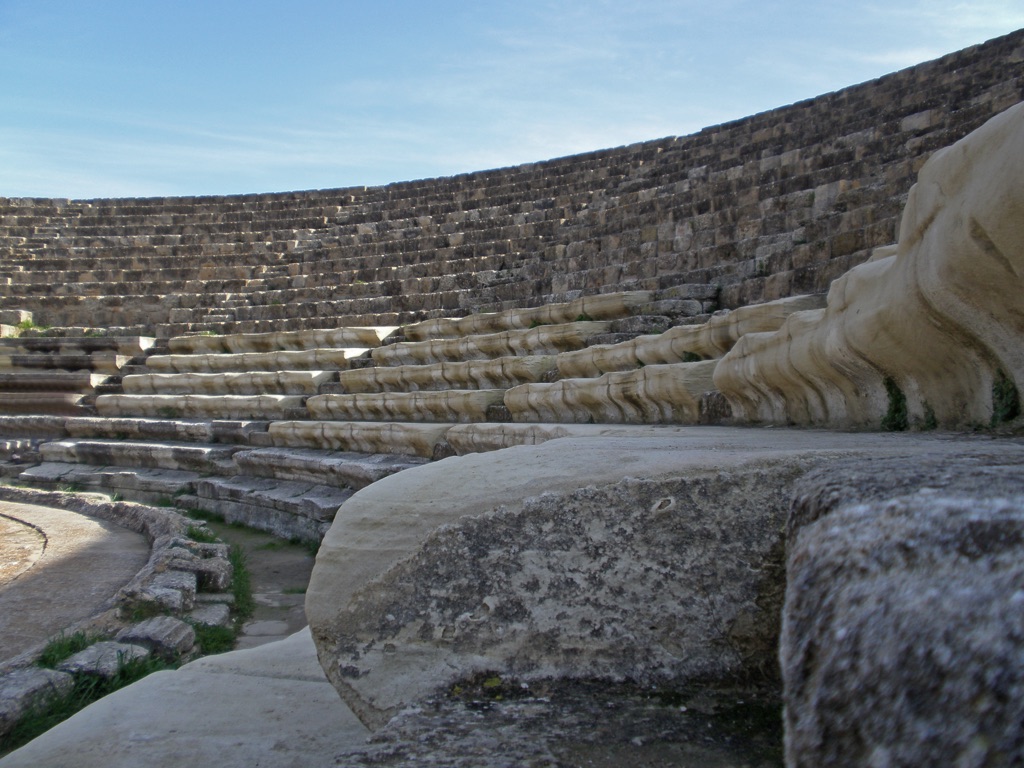
The city’s port was a hub of maritime activity, facilitating trade and cultural exchange throughout the Mediterranean. The remains of the ancient harbor can still be seen today, although much of it is submerged due to earthquakes that altered the coastline.
Despite the ravages of time and nature, Salamis remains a treasure trove of ancient Cypriot culture. Its well-preserved ruins offer a window into the past, showcasing the architectural prowess and urban planning of its ancient inhabitants.
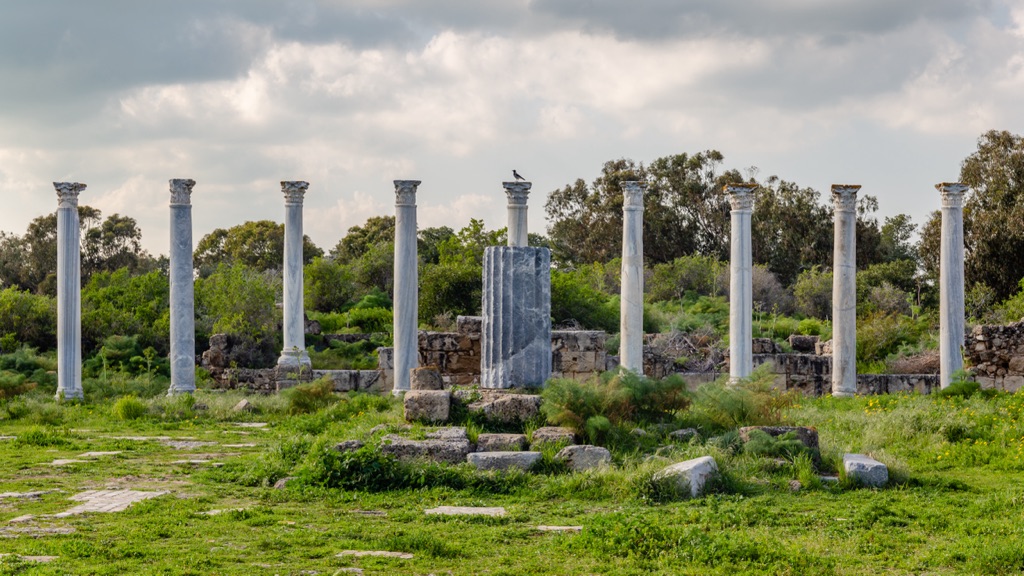
Theories and Interpretations
Several theories exist about the use and significance of Salamis in antiquity. Some scholars suggest that the city’s location was chosen for its strategic maritime position, which allowed it to become a powerful trade center. Others propose that its founding was tied to mythological narratives, serving as a symbol of Greek expansion and influence.
The mysteries of Salamis include the exact origins of its founding and the extent of its influence in the ancient world. While historical records provide some answers, much of the city’s early history is still subject to interpretation and debate.
Historians have matched the city’s structures and artifacts to historical records to piece together its past. For example, the Salamis Tablet, with its inscriptions, has been crucial in understanding the development of the Greek alphabet and language in Cyprus.
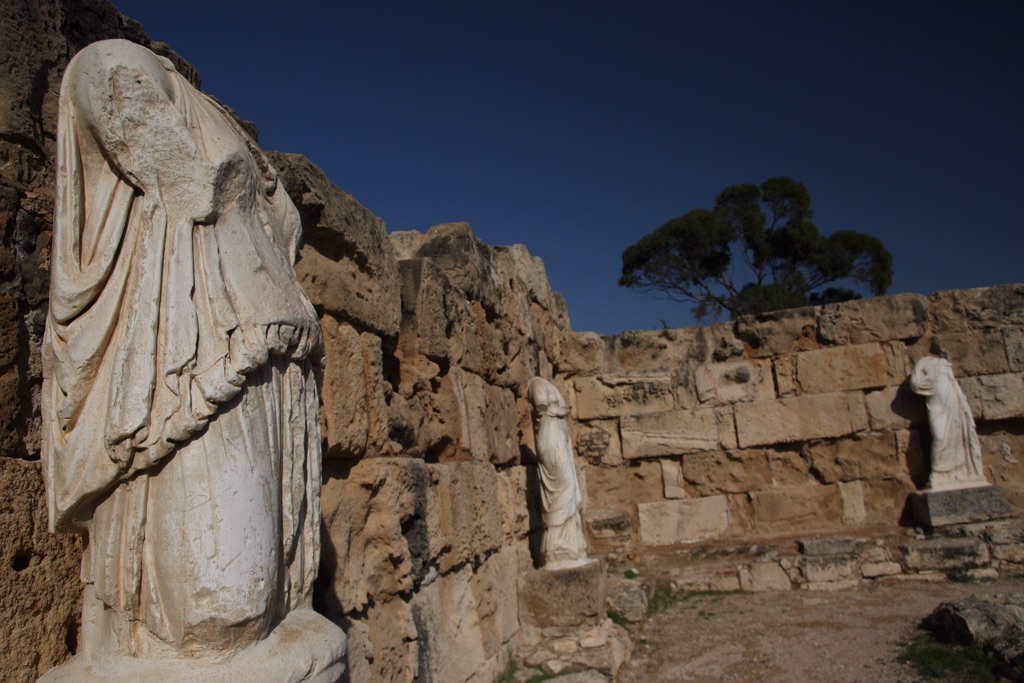
Dating of the site has been carried out using various methods, including stratigraphy and radiocarbon dating. These techniques have helped establish a timeline for the city’s occupation and the construction of its major buildings.
The interpretations of Salamis’ ruins continue to evolve as new discoveries are made. Each excavation brings the potential to uncover further details about the city’s social, economic, and political life, contributing to a more nuanced understanding of its place in history.
At a glance
Country: Cyprus
Civilization: Greek, later Roman
Age: Founded in the 11th century BC
Conclusion and Sources
Reputable sources used in the creation of this article include:
